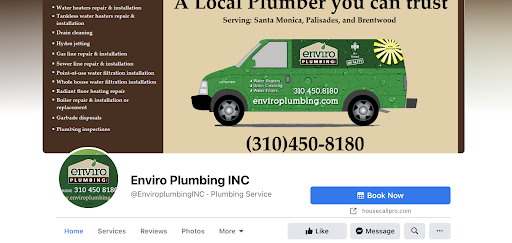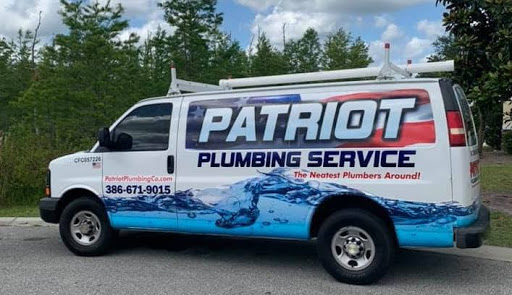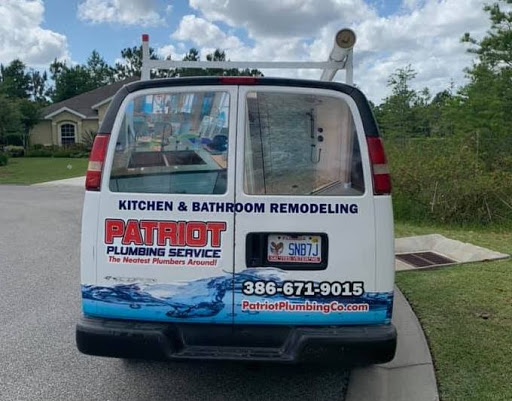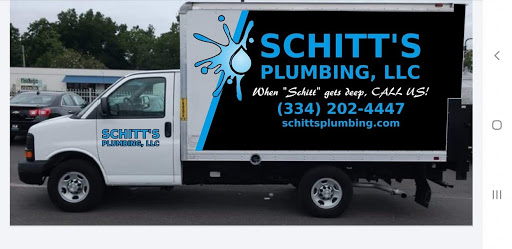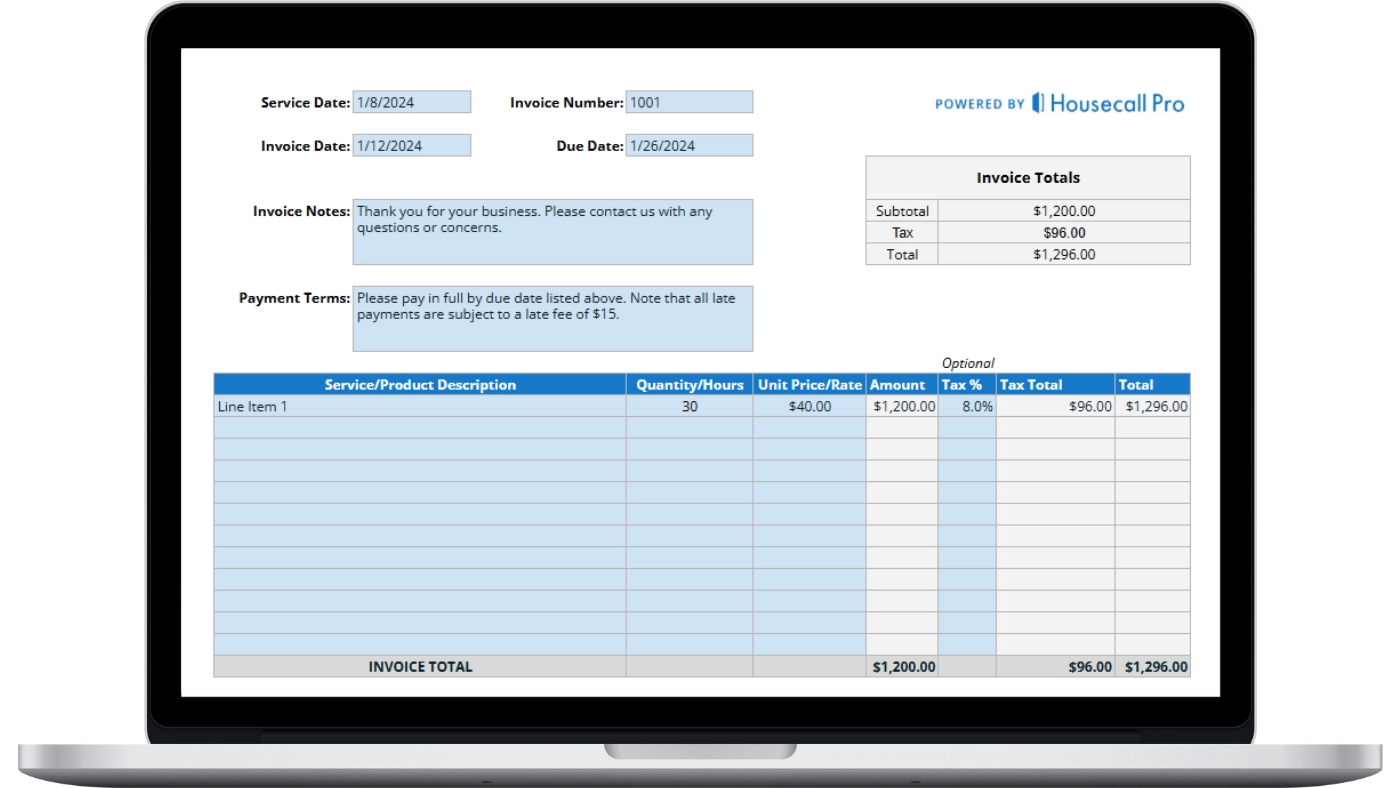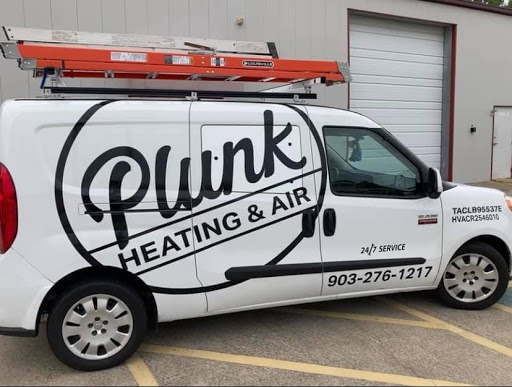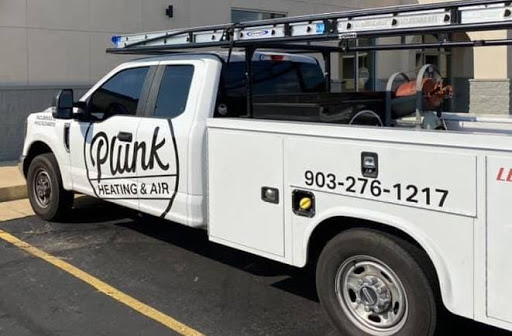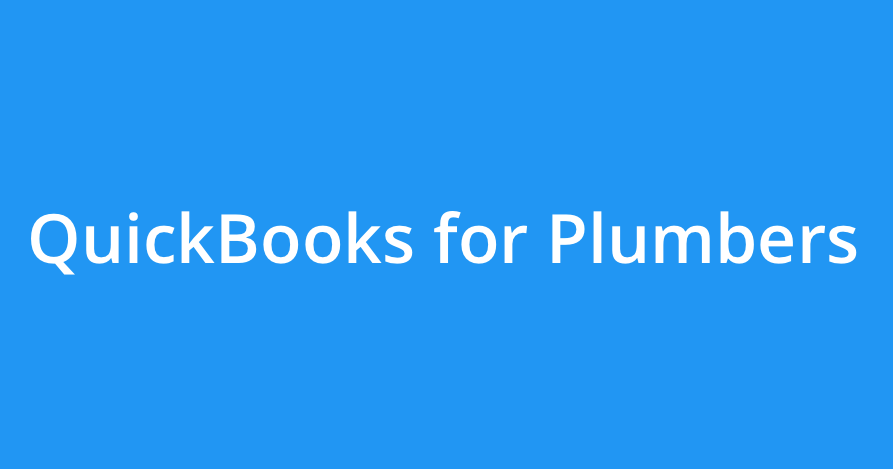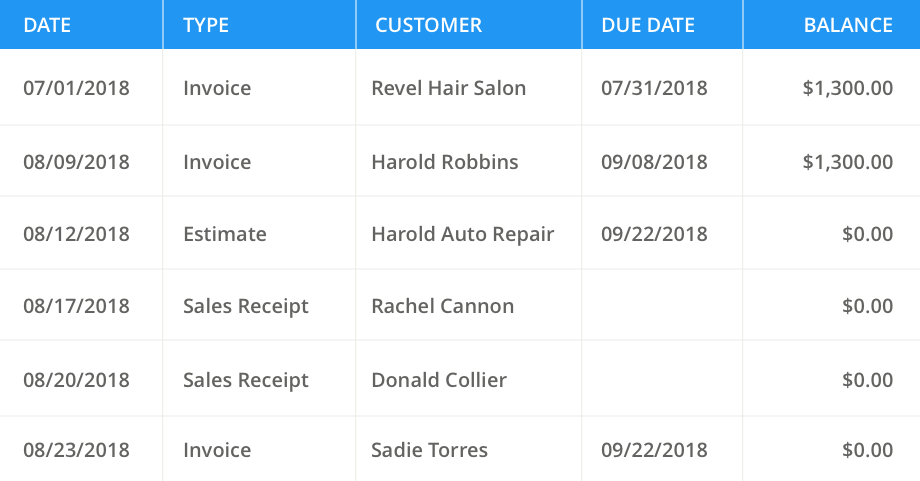Spending too much time on admin work?
Automate your daily tasks and save time with our home service software.
Want to win more jobs with less effort?
Grow your business and send quick quotes with our home service software.

Whether you’re just getting started in the plumbing industry or are a seasoned plumber looking to up your toolbox, we’ve got recommendations for you. We’ve put together a list of hand tools, specialty tools, and business tools that were recommended by other plumbers and home service experts.
Looking for something specific? Jump to the section of interest:
Plumbers need some heavy-duty tools made for daily use on the job site. Here are recommendations from other plumbing and home service pros about tools that will last you years with features that make your job easier.
Channellock Adjustable Pliers
Recommended by The Plumbing Gurus.
Sturdy and long-lasting, Channellock’s adjustable pliers are a classic. They’ve been around for decades and are trusted by pros. According to the Plumbing Gurus, they’re “by far the best you can get on the market … We’ve tried them all.”
Channellock GS-3 3 Piece Straight Jaw Tongue and Groove Pliers Set – 12-Inch, 9.5-Inch, 6.5-Inch | $29.95 | 5 stars
Crescent K9 Angle-Access Jaws Pipe Wrenches
Recommended by Chris Boli, Pro Tool Reviews
According to Chris, Crescent’s K9 set of pipe wrenches are a better fit in tight spaces than many other pipe wrenches on the market thanks to their 30 degree arc bite.
“Plumbers usually have to look for the leverage they need from harsh angles, which often results in the wrench slipping off the pipe repeatedly, and the job taking longer than it would otherwise need to,” Chris explained. “Crescent has an answer.”
See Chris’s full review.
Proferred Adjustable Plumbing Wrench
Recommended by Scott Strollo, Pro Tool Reviews
Proferred’s adjustable plumbing wrench is “thinner, deeper, and shorter” than many other pipe wrenches on the market. It can also open to about 1.5” — a significant reach for an adjustable wrench.
“There’s a lot to like about this little wrench – lots of capacity and the ability to get into spaces other adjustable wrenches can only dream about!”
See Scott’s full review
- Proferred Plumbing Adjustable Wrench, 6 in | $24.07 | 4.5 stars
- Proferred Plumbing Adjustable Wrench, 8 in | $25.05 | 4.5 stars
- Proferred Plumbing Adjustable Wrench, 10 in | $31.06 | 4.5 stars
- Proferred Plumbing Adjustable Wrench, 12 in | $29.99 | 4.5 stars
RIDGID 23498 RC-1625 Plastic Pipe and Tubing Cutter
Recommended by Chris, GarageTool Advisor
RIDGID’s pipe and tubing cutter comes packed with features, like a quick change blade and a 1/8 to 1-5/8 inch outer diameter cutting capacity. It also comes with a lifetime warranty.
Chris from GarageTool Advisor, had great things to say about it:
“As one of the most widely used PVC pipe cutters for plumbers, contractors, and other professionals, the Ridgid RC-1625 is designed to handle a wide range of materials, including ABS, CPVC, PE, PEX, PP, PVC, rubber hose, and multilayer tubing.”
See Chris’s full review.
Ridgid 23498 RC-1625 Plastic Pipe and Tube Cutter | $59.90 | 4.5 stars
RIDGID Telescoping Basin Wrench
Recommended by Brad Casebier, Owner of Radiant Plumbing.
RIDGID Basin wrench is a classic. The wrench features a removable180-degree pivoting T-handle as well as a 3/8-inch drive adapter. Combined, it allows you to get into tight spaces with more leverage and maximum torque. According to Brad, the built-in light can come in handy, as well. He sums up his review with: “I think you should go get one of these.”
See Brad’s full review.
RIDGID 46753 Model 2017 Telescoping Basin Wrench with LED Light, 10-inch to 17-inch Adjustable Basin Wrench | $49.95 | 4.5 stars
LENOX High-Tension Hacksaw
Recommended by the Plumbing Gurus and Garage Tool Advisor
You’ll find this LENOX hacksaw in the Plumbing Gurus toolbag. It’s also one of the top 5 hacksaws according to Garage Tool Advisor who finds the saw lightweight and durable. “The handle is rubberized for improved use in cold and wet environments. A reciprocating blade can be attached to the front to turn it into a jab saw, and 5 additional 12-inch blades can be stored in the I-beam for quick replacements on the job”
See Chris’s full review.
LENOX Tools High-Tension Hacksaw, 12-inch | $25.98 | 5 stars
What else should be on your plumbing tools list? Don’t forget about the basics:
(Links to the highest-rated items on Amazon)
Plumbers require power tools designed to get around tight spaces and hard-to-reach places and specialty tools designed for specific services like drain cleaning, toilet and faucet installs.
TurboTorch Extreme (for Soldering)
Recommended by the Plumbing Gurus.
The TurboTorch generates a high amount of heat and features a swivel head. “The reason I like it the best … the head swivels, the striker is still working four years later, first try … you can also change the tip heads.”
See the full review.
TurboTorch 0386-1293 Turbo Extreme Tx504 | $85 | 4 stars
RIDGID Power Spin with Bulb Drain Auger (Best for Drains)
Recommended by Bob Vila
The RIDGID Power Spin is a versatile tool that works on clogs you’ll find just about anywhere (besides the toilet). It can be used manually or in conjunction with a power drill.
According to bobvila.com, “its manual crank sends the 25-foot, 1/4-inch cable twisting and turning its way down your pipes, while the screw-shaped head chews through semi-solid clogs and also catches and retrieves hair, paper, or other fibrous gunk.”
See the full review.
Ridgid GIDDS-813340 41408 Power Spin | $62.99 | 4.5 stars
RIDGID 59787 K-3 (Best Drain Snake for Toilets)
Recommended by Plumbing Lab
This half-inch auger reaches three feet with a vinyl guard to protect the porcelain. It has a corrosion-resistant tube and ergonomic handles. “The RIDGID 59787 K-3 Toilet Auger [is] easily the best plumbing snake for toilets,” according to plumbinglab.com.
Read the full review.
RIDGID 59787 K-3 Toilet Auger, 3-Foot Toilet Auger Snake with Bulb Head | $41.99 | 4.5 stars
DEPSTECH WIFI BORESCOPE INSPECTION CAMERA 2.0 MEGAPIXELS
Recommended by Devon Hillsworth, Plumbing Love
The Depstech WiFi camera complete with an LED light has a 3.5 mm diameter which makes it easy to insert into pipes and other small spaces. It can be used underwater, as well. The camera comes with a mirror, USB driver, and magnet tools. “What makes this particular camera so impressive,” Hillsworth explains, “is its compatibility with just about every device. There are plenty of cameras that can connect to Android devices, but not many that will work with your iPhone as well.”
Read the full review.
DEPSTECH Wireless Endoscope, IP67 Waterproof WiFi Borescope Inspection 2.0 Megapixels HD Snake Camera | $35.99 | 4.5 stars
Milwaukee ½ Inch 18V Hammer Drill
Recommended by Kenny Koehler, Pro Tool Reviews
Pro Tool Reviews chose the Milwaukee 2806 hammer drill as the best cordless drill for plumbers because of its “great combination of power, size, and weight.” They were also impressed with the five-year warranty and ability to find local dealers. “Great support experience. Not having to package and mail your tools for warranty support adds up in our book—particularly when you’re out there trying to make a living.”
Read the full review.
M18™ FUEL™ 1/2 in. Hammer Drill with One Key | $199 | 4 stars
Since technology solutions for home service industries (such as plumbing) are our specialty, we wanted to end this piece with suggestions of business tools you might not have thought of. These suggestions are all pieces of software we’ve seen our own customers use and recommend — so much so that we’ve built integrations to help them more easily use these tools alongside Housecall Pro.
Dedicated Phone Line and Phone Tracking: CallRail
Many plumbers that start out on their own use their personal number as their business line. But there comes a time when you’ll want to hand off calls to office staff or even route phone calls to sales pros and techs in the field. Tools like CallRail helps you do more with your dedicated business line.
For instance, CallRail includes call tracking capabilities to track data related to your business, such as analyzing your marketing spend, where your calls are coming from, and the number of calls that turn into paid jobs. We also have an integration with CallRail that allows home service companies to automatically pull up customer info when they call.
Learn more at callrail.com.
Email Marketing System: Mailchimp
Want to keep the customers you already have? That’s where email marketing comes in. Send your customers seasonal promotions, company news like new service offerings, and educational resources that remind homeowners and commercial customers alike just how much you know about your industry.
Email marketing systems like Mailchimp help you easily create promotional messages to your email list and track statistics around those emails, like open and click-through rate. Our integration allows Housecall Pro users to automatically add new customers to their email campaigns.
Learn more about Mailchimp.
Accounting: QuickBooks Online (QBO)
We strongly recommend Quickbooks Online for any small to medium-sized plumbing company. Its robust feature set will help you create profit and loss reports, organize your payroll and tax information, and more. Our integration automatically syncs data between the two platforms, such as your invoices, customer information, line items, and payments.
Learn more about Quickbooks Online.
Virtual Assistant: Alexa
You and/or your techs are running between jobs all day, pulling up customer information, driving directions, and more on the go. Voice-activated tools like Alexa can help you do it faster and safer. With our integration, you can now ask Alexa what your next job is and bring up driving directions all without taking your hands off the wheel. Best of all, it’s free.
Mobile Card Reader: Housecall Pro
Why wait to invoice if your customers are ready to pay immediately? Mobile card readers allow you to process credit card payments in the field. Housecall Pro has designed a card reader specifically for home service businesses. With it, can access credit card rates as low as 2.59% and process cards by chip, tap, or swipe. The turnaround time for payments is about 30 minutes using our Instapay system.
Learn more about our card reader.
Share this on:
Last Posted
July, 2025
About the Author
Solutions for your business Whether you need to improve dispatching, reduce paperwork, increase workforce or grow revenue, we have a solution.
